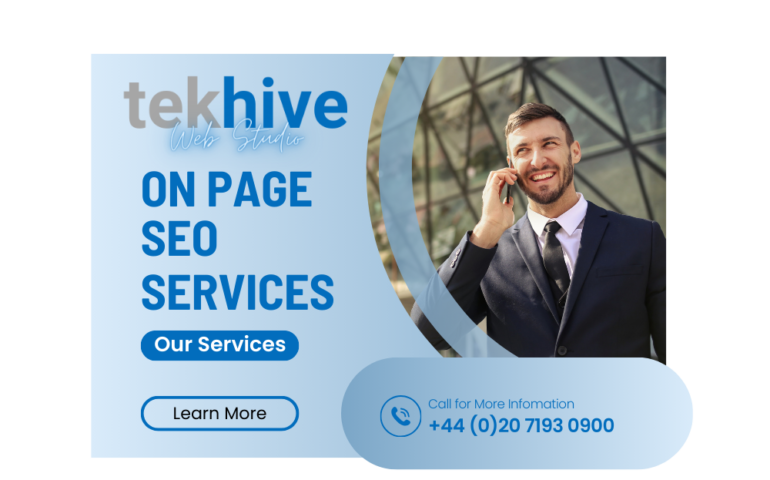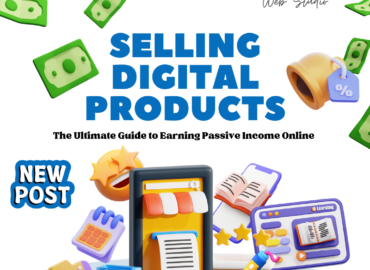
Enhance Visibility: On Page SEO Services
In the ever-evolving landscape of digital marketing, the key to unlocking success lies in mastering the art of On Page SEO. As businesses navigate through the competitive online world, understanding and implementing effective on-page SEO services becomes paramount. This comprehensive guide will take you through the essential elements, strategies, and tactics to optimize your website for search engines, ensuring explosive growth and sustained success.
What is On-Page SEO?

Before delving into the nitty-gritty details, let’s establish a foundational understanding of On-Page SEO. Simply put, On-Page SEO refers to the optimization efforts made directly on your website to enhance its visibility and ranking on search engine results pages (SERPs). It encompasses a range of practices, including content optimization, meta tags, URL structure, and more.
Crafting Compelling Content
The cornerstone of On-Page SEO is high-quality, relevant content. Search engines prioritize content that provides value to users. Therefore, crafting compelling and informative content should be your first step. Conduct thorough keyword research to identify relevant terms and phrases that your audience is likely to search for. Integrate these keywords naturally into your content to enhance its relevance and visibility.
Meta-Description Magic
Meta descriptions play a crucial role in attracting organic traffic. A well-crafted meta description not only informs users about the content but also entices them to click through to your site. Keep it concise, around 150-160 characters, and ensure it accurately reflects the page’s content. Including a call-to-action can further boost engagement.
URL Structure Optimization
A clean and organized URL structure contributes significantly to search engine rankings. Ensure that your URLs are concise, include relevant keywords, and avoid unnecessary characters or symbols. A user-friendly URL not only aids in SEO but also enhances the overall user experience.
Header Tags Hierarchy
Properly structuring your content using header tags (H1, H2, H3, etc.) not only makes it more readable for users but also helps search engines understand the hierarchy of information. Use the H1 tag for the main title and H2, H3, and so forth for subheadings. This not only aids in SEO but also enhances the overall user experience.
Image Optimization
Images are a valuable asset to your website, but they can also impact page load times. Optimize your images by compressing them without compromising quality. Use descriptive filenames and include alt text to provide context for search engines. This not only enhances accessibility but also contributes to better SEO.

Responsive Design for Mobile Friendliness
With the increasing use of mobile devices, Google gives preference to mobile-friendly websites. Ensure your website has a responsive design that adapts seamlessly to various screen sizes. Google’s mobile-first indexing prioritizes mobile-friendly websites, impacting search rankings.
Page Speed Matters
User experience is paramount, and page speed is a critical factor. Slow-loading websites can lead to higher bounce rates and lower rankings. Compress images, leverage browser caching, and optimize your code to improve page speed. Google’s algorithms favor fast-loading pages, positively impacting your SEO efforts.
Optimize Your Presence: On Page SEO Services
In the digital era, mastering On-Page SEO services is non-negotiable for businesses aiming for explosive growth. From crafting compelling content to optimizing URL structures and ensuring mobile responsiveness, every element plays a crucial role in elevating your website’s visibility on search engine results pages. By implementing these strategies, you not only enhance your SEO but also create a seamless and engaging experience for your users, unlocking the pathway to sustained success in the online realm.
If you want to read more information about how to boost your website traffic, just visit –> TekHive





